With Iron Man, Captain America and Thor now established beyond doubt as the three pillars on which the Marvel cinematic universe is built, Whedon uses a great deal of Age of Ultron to develop the other heroes and his villain
Director: Joss Whedon
Starring: Robert Downey Jr, Chris Evans, Chris Hemsworth, Scarlett Johansson, Mark Ruffalo, Jeremy Renner, Elizabeth Olsen, Aaron Taylor-Johnson, Paul Bettany, Samuel L. Jackson and James Spader
Running Time: 2 hrs 21 mins
Rating: 12A
Release Date: April 23rd (UK), May 1st (US)
You can’t undersell what a huge gamble Joss Whedon’s 2012 blockbuster The Avengers (or Avengers Assemble in the UK) was. It was a film comics fans had dreamed might, possibly, in some perfect world, one day happen for many years, but when it actually came to the end product, there was so much that could go wrong, leaving audiences waiting with bated breath to see if Marvel could pull this off.
We all know now, of course, that the answer was a resounding “yes”. The Avengers took the Summer of 2012 by storm, even out-doing Christopher Nolan’s eagerly anticipated The Dark Knight Rises at the box office and swamping the first film of Sony’s (ultimately abortive) Amazing Spider-Man franchise, and established what many now consider to be the paradigm for a ‘shared movie universe’ of characters.
However, having established that The Avengers was a risk on many levels, it is only fair to point out that – from a nuts and bolts narrative perspective – it was a very straightforward (dare I say “easy”) story to tell. In a sentence: several characters – all of whom have been previously established – are brought together for the purposes of having a big fight in the last act. Done.
Joss Whedon’s second outing with Earth’s Mightiest Heroes is a little more complicated. Whilst it has the (mixed) blessing of having a successful precedent that The Avengers did not, Age of Ultron has the unenviable task of doing the same justice to the existing characters as did the first film, as well as introducing four new main characters (the titular antagonist among them), offering a slightly more complicated plot, and setting up various scenarios and locations for Marvel’s third phase of films. It’s a difficult juggling act, and happily Whedon does manage to keep all the balls in the air for the full two-and-a-half hours, albeit with the occasional nervous wobble.
Following a raid on a HYDRA fortress by the Avengers to retrieve Loki’s stolen sceptre, Tony Stark (Robery Downey Jr) discovers in the sceptre’s gem the blueprint for a vastly sophisticated artificial intelligence. Thinking this will make the perfect basis for his ‘Ultron’ programme – a robotic peace-keeping force that can defend the Earth from enemies such as the Chitauri – Stark and Bruce Banner (Mark Ruffalo) begin tests on the AI in the sceptre. However, things take an unexpected turn when Ultron (James Spader) gains sentience and decides the only way to fulfil his programme and ensure global peace is to wipe out the human race.
Sending drones to attack the Avengers before escaping via the internet, Ultron recruits the HYDRA-created, super-powered twins; Pietro and Wanda Maximoff (Aaron Taylor-Johnson and Elisabeth Olsen); to help him neutralise the Avengers.
Pitted against the near-indestructible and omnipresent Ultron, the lightning-fast Quicksilver, and the telepathic manipulations of the Scarlet Witch, the Avengers are tested to their limit on a physical, intellectual and emotional level, in a battle it is not at all certain that they can win.
That, believe me, is an extremely cursory synopsis of the film, even as review précis go. With numerous plot threads, character motivations and origin stories to get through (indeed, Ultron himself has an A, B and C plan to achieve his ends), the film is forced to hit the ground running almost in-medias-res, and the pace doesn’t let up in any way until the end of the second act, which sees the heroes forced into a retreat by numerous circumstances.
This unrelenting pace can, at times, give the impression that the film is being rushed through or skimmed over. For example, the audience is made aware of Tony Stark’s desire to create a peacekeeping defence system, shown the means by which he will create it, and sees it malfunction and birth the story’s villain within the space of a few minutes.
Following on from this, the pace can also leave one a little lost in the midst of attempting to follow where the characters are and why, precisely, they are doing what they are doing.
One would not wish to give the impression that the film is confusing in the way – for example – Michael Bay‘s Transformers franchise is (i.e.: a lot of sound and fury happening for no very good reason to characters no one has a chance of identifying). Indeed, the story is a good one, and the peril in it is genuinely engaging, but simply by virtue of trying to take more on, Age of Ultron loses the absolute, digestible straightforwardness of its predecessor.
However, as with all of the Marvel films, the true strength of Age of Ultron lies in the characters. Characterisation is one of Whedon’s great strengths as a writer, and it pretty much goes without saying at this point that the performances of the cast are almost universally faultless.
With Iron Man, Captain America (Chris Evans) and Thor (Chris Hemsworth) now established beyond doubt as the three pillars on which the Marvel cinematic universe is built, Whedon uses a great deal of Age of Ultron to develop the other heroes and his villain. The Black Widow (Scarlett Johansson) and Bruce Banner, for example, are given a burgeoning romance, recognising in each other a kindred spirit of a darker self beneath (what they think of as) a veneer of heroism. It is a well-defined relationship, and doesn’t – as can be the case with fictional romances – feel at all forced or contrived.
Hawkeye (Jeremy Renner) is given significantly more back-story, whilst at the same time having he himself highlight and then dispel through his effectiveness what some fans have been saying since 2012: that – as an archer in a battle against genocidal robots – he feels woefully out of his depth. Meanwhile the Maximoff twins are given convincing motivations and back story that makes their initial hatred of the Avengers as understandable as (spoilers) their eventual redemption, and Taylor-Johnson and Olsen depict well their deep affection for, and reliance upon, each other.
The film also sees the introduction of fan-favourite hero; the synthezoid Vision (Paul Bettany). A fantastically difficult character to realise for numerous reasons, Bettany’s wonderfully understated performance (which incorporates elements of his previous JARVIS character into something altogether more complex) immediately has the audience accepting the red-and-green-skinned artificial man as at once the most powerful and most benevolent Avenger on the team (although one wonders how and why, moments after his birth, Vision decides to create for himself a rather natty yellow cape).
Arguably front-lining this cast, however (it is, after all, the character the movie was sold on), is James Spader‘s take on the monomaniacal robot Ultron.
In the comics, Ultron is created by Hank Pym (Ant-Man), and his artificial mind is based on Pym’s brain-print. Consequentially, given Pym’s character, the comic Ultron is an altogether sterner (albeit, like his “father”, emotionally unstable) character. The Ultron beautifully realised here by Spader is, by way of contrast, very much Stark’s Ultron: a deadpan, drawling, sardonic character; part-way between the Terminator and a particularly enjoyable Disney villain (which I suppose he is, come to think of it).
Spader also brings to the part an almost naive quality; prone to tantrums, being taken aback by his own power (such as in the confrontation with Andy Serkis‘ Ulysses Klaue), and even – in some ways – keen to keep his friends close, at one point imploring the Scarlet Witch and Quicksilver to remain by his side with a plaintive “Guys…?”, as though they’re all in on some game together. None of this detracts from his menace as a villain, but rather lends the character an unnerving element, as though the audience is bearing witness to the machinations of a psychopathic child. This is further compounded by Ultron’s abject hatred of Stark throughout; an trait akin to the Oedipal relationship with Hank Pym and Janet Van Dyne that informs Ultron’s character in the source material.
If there is a problem with Ultron – or, indeed, with any of the characters – it is not in their realisation, but rather that they fall victim to the slight over-crowding of the script that forces the film’s breakneck pace. Truth be told, with over seven protagonists, one antagonist, two in between, and numerous supporting roles, there are probably too many characters for the film’s own good (although you’d be hard pressed to single out which characters to cut without detracting from the film).
So, did Age of Ultron live up to the high expectations set by The Avengers in 2012?
In some ways it never could. It couldn’t possibly recapture the same honeymoon thrill of seeing all of the heroes coming together for the first time, and it had to do more with those characters than the first film did, which was always going to be a major hurdle.
However, when all is said and done, the film boasts a good story if you follow it, thrilling action, a plethora of likeable an well-developed characters, and one of the most superbly realised (both visually and in terms of performance) villains in the Marvel Cinematic canon. It would therefore be untrue, and frankly just mean spirited, to call it anything short of thoroughly entertaining.
Verdict


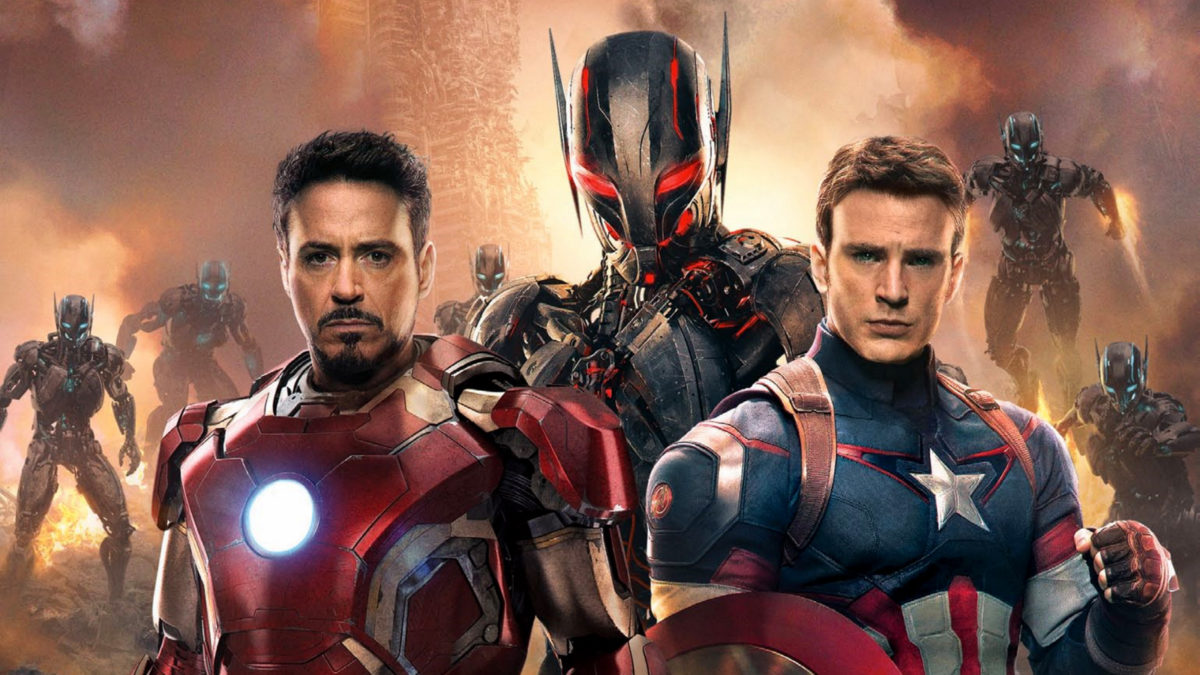
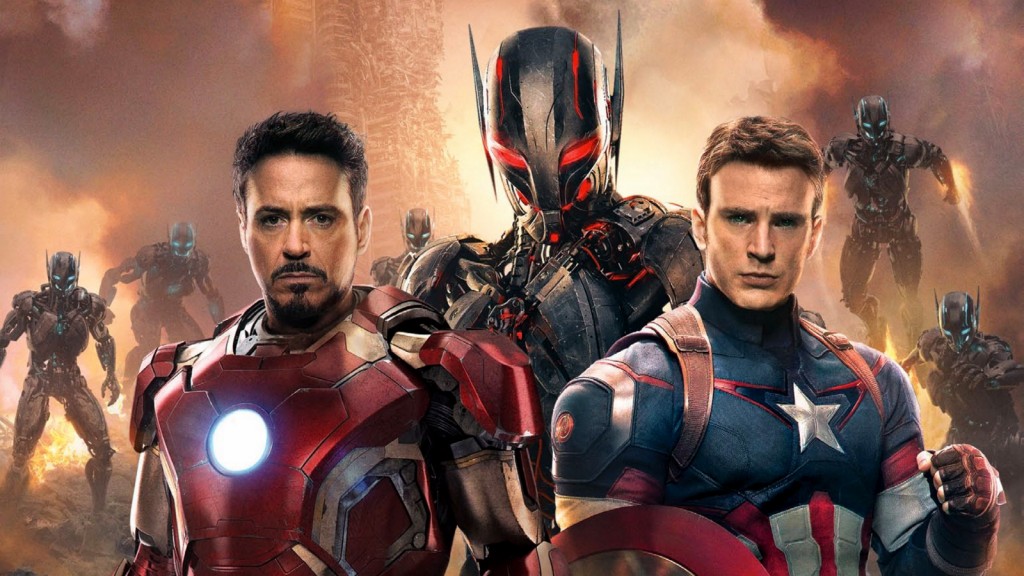
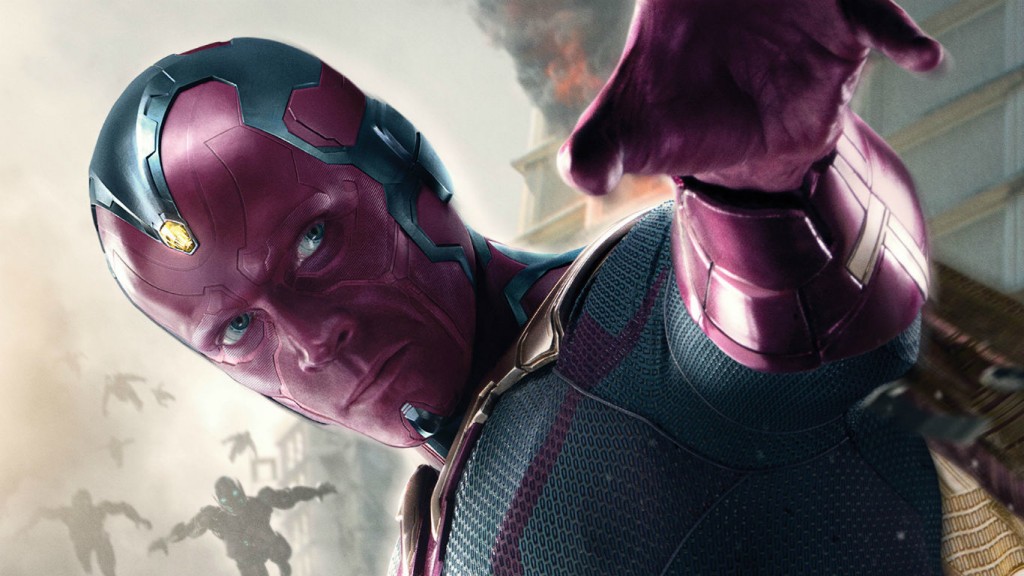
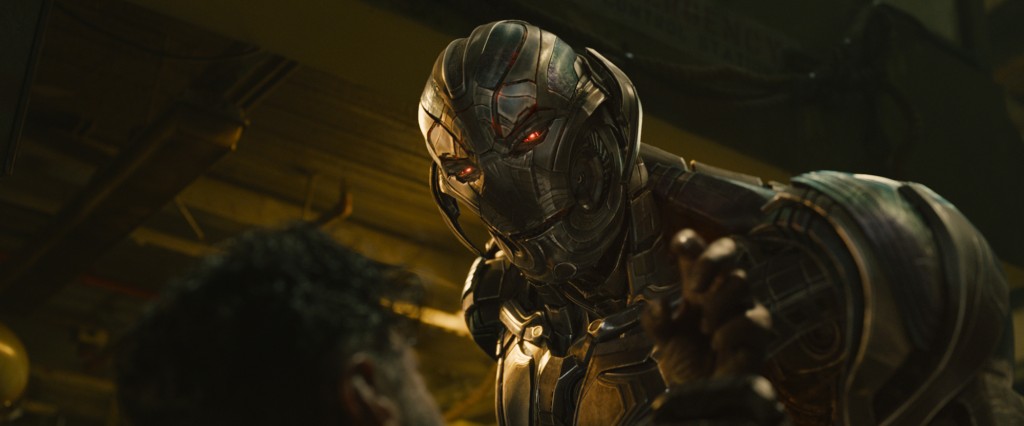

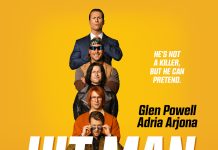
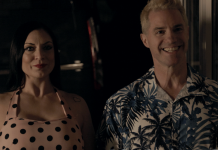
























[…] Originally posted on filmandtvnow.com (1/5/15) […]
Comments are closed.